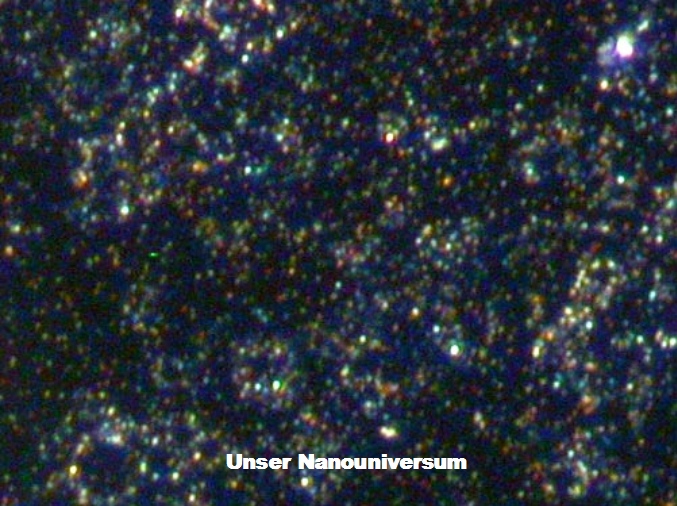Accept
Details & settings
This website uses cookies for cookie consent and statistics.
During our previous project we used the Stöber process to produce SiO2-nanospheres, however, the diffraction limit prevented us from determining their size with an optical microscope. As we do not have access to an electron microscope at school, our current project focuses on simple ways of determining the diameter of these spheres. We succeeded by using the optical near field that forms within 100nm of the interface of a prism during total reflection. Initially, we studied this near field using microwaves, we measured the microwave near field as a function of distance and then scaled it to optical frequencies.
Particularly interesting findings resulted from using gold spheres with a diameter of 10 - 80 nm instead of SiO2-spheres. We were able to observe these gold spheres using dark field microscopy. By illuminating these gold spheres with white light, we excited plasmons, which result in coloured light emission that depends on the size of the spheres (accelerated charges radiate). Such mixtures of spheres look fascinating and remind us of a little universe.

Gold nanospheres do not only look fascinating, but they are also an important topic in current nanotechnology research. Just like optical microscopy has generated tremendous progress in medicine, biology and material science, scientists hope to achieve similar progress using information from the optical near field. The following developments may be anticipated: the merger of electronics and photonics on the nanoscale, higher density data storage, low cost nanosensors and novel near field microscopy.